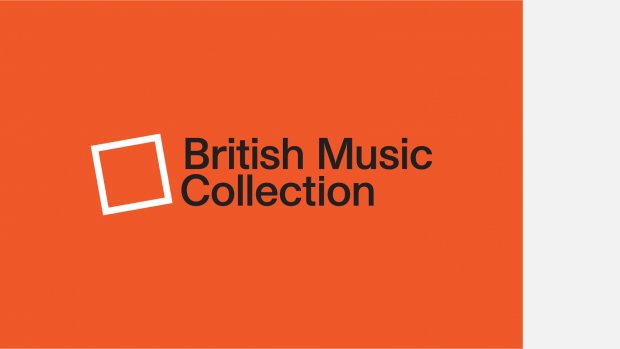
Biography
Born in Bolton on Dec 12, 1938, Michael Parsons' is an English composer and performer. After reading classics at St John's College, Oxford (1957–61), he studied composition with Fricker at the RCM (1961–2). He was active as a writer on music in the 1960s, during which period he got to know Cardew, attending his workshops at Morley College and co-founding the Scratch Orchestra with him in 1969, along with Skempton. Between 1970 and 1990 he was a visiting lecturer in the department of Fine Art, Portsmouth Polytechnic and at the Slade School of Art, University College London. During 1996–7 he was composer-in-residence at Kettle's Yard, Cambridge. He has been involved in long-term collaborations with Skempton and John White.
Parsons’s music has a number of diverse, overlapping influences that continue to develop, creating a varied yet personal sound world. His early music was strongly influenced by Webern and the idea of structural ordering remains important. In contrast, along with Cardew, he explored some of the ideas of Cage, Wolff and Feldman. His ‘Scratch’ music closely followed the group's manifesto aims, aspects of which continue in his work with mixed media forms. At Portsmouth and Slade his association with the English ‘Systems’ artists (including Malcolm Hughes and Geoffrey Steele) began. Subsequent works have a strong constructional element, usually employing some form of permutational scheme applied to pitch and rhythm (such as the pendulum sequence applied to a pentatonic scale in Pentatonic Music, 1975). This period also illustrates his interest in folk musics and change-ringing patterns, as well as rhythms derived from numerical patterns and abstracts of dance rhythms. Later works, such as the Four Oblique Pieces (1996), are less rigidly systematized, engaging more directly with sound as colour and the chromatic worlds of Webern and Feldman. His affinity with Mondrian and interest in computer-generated sounds is seen in the series of Levels. Several works from the 1990s show renewed interest in large-scale choral writing. The meticulous calligraphy of his scores and his preference for transparent structures and audible processes emphasize the aesthetic of expression through clarity rather than grandiose statement.
